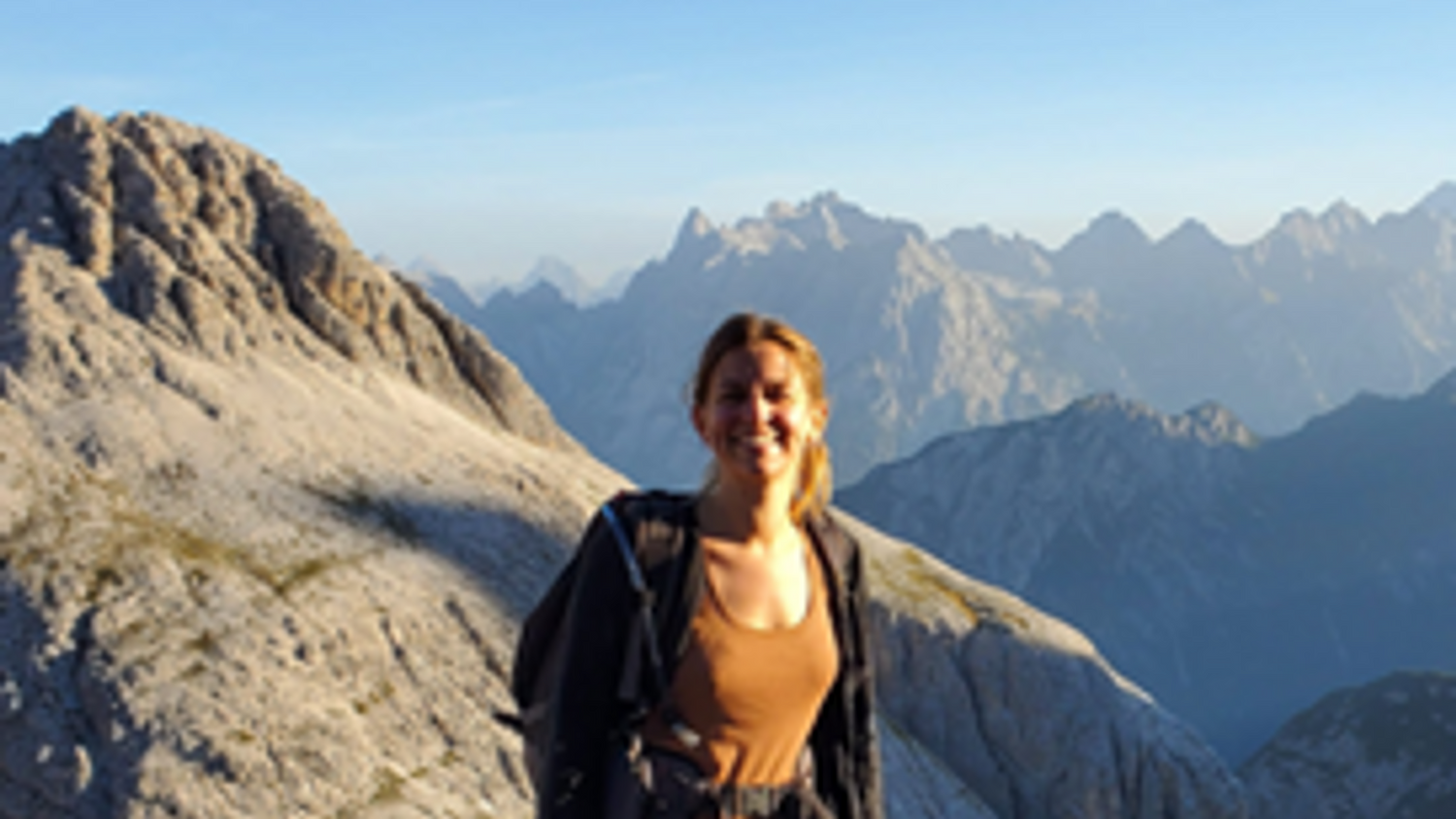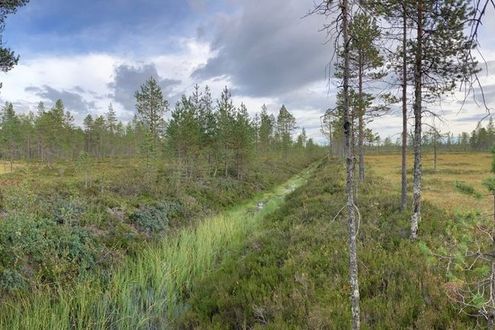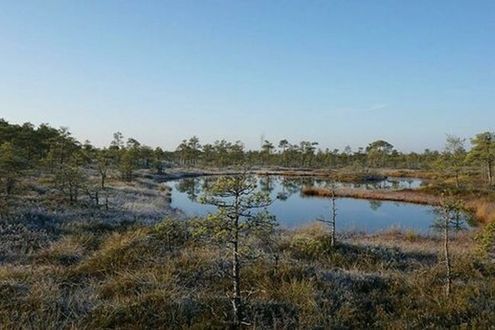Meet Elise Vitali a Peatlands Policy Officer at Wetlands International Europe Association. The Wetlands International is working to make WaterLANDS’ work accessible to decision-makers and demonstrate how wetlands restoration is vital. Read Elise's interview for the second WaterLANDS external newsletter below.
Hi Elise, thanks for taking the time to sit down with me! My first question is where are you based and what WaterLANDS partner institution are you part of?
Happy to do it! I'm based in Brussels, the centre of EU policy-making, in Belgium and I am a Peatlands Policy Officer at Wetlands International Europe Association.
Can you tell us a bit about your background and what led you to work on financial mechanisms for restoring landscapes?
I am a trained lawyer, turned into policy officer and have been working as such for the past years in Brussels on the issue of pollution prevention. Now with Wetlands International Europe as a peatlands policy officer, my work contributes to inspire and mobilise for the safeguard and restoration of wetlands in Europe. While wetlands have been largely degraded in Europe over the past centuries, they are arteries and veins of the landscape. They are rich in nature and vital to human life and need to be protected and restored. Wetlands are a fascinating topic to work on.
What are you working on as part of the WaterLANDS project?
Our role is to focus on policy and advocacy outreach on the European level to disseminate the key findings from the project. We are working to make WaterLANDS’ work accessible to decision-makers (European Institution, Member States, local authorities) and demonstrate how wetlands restoration is vital for people, nature and our societies. Together with WaterLANDS partners, we develop input to influence key policy moments and keep them updated on the policy agenda, connecting them with decision-makers.
Considering the current developments around the Nature Restoration Law, can you elaborate on the importance of protecting wetlands in Europe?
In Europe, protecting wetlands is crucial for multiple reasons. They safeguard biodiversity, harbouring unique species. They act as natural filters, maintaining water quality by reducing chemical impacts before reaching rivers or seas; they absorb excess water during heavy rain, reducing flood risks, a role becoming even more crucial with increasing extreme weather events due to climate change. Additionally, wetlands also store significant carbon, aiding to mitigate climate change by reducing atmospheric CO2 levels. Because Europe is among the areas most affected by wetlands loss worldwide – we lost more than half of our wetlands, their restoration is essential to revive these vital functions of wetlands for the benefit of people and nature. The Nature Restoration Law is a historic opportunity to adopt the first-ever EU legislation to restore EU ecosystems. During its negotiations, the Nature Restoration Law has received immense support from civil society (the scientific community, businesses, NGOs) to embark the EU on a path to recovery, as there is no food, business, functioning societies without nature.
What do you believe is the most crucial consideration when designing projects or policies for landscapes, particularly in light of the current discussion on the Nature Restoration Law?
Project and policies for landscapes need holistic and shared approaches. This is particularly relevant in the case of landscape restoration, given their multifaceted nature, considering their ecological, social, cultural, and economic aspects. Policies and projects need to consider the perspectives and needs of those directly connected to the landscapes. Additionally, a long-term perspective is vital. Nature restoration is a process that requires continuous monitoring, adaptive management, and sufficient time to yield significant results. The concept of “co-creation” is interesting here, to design processes which involve various stakeholders. Applying co-creation processes aims to find solutions encompassing stakeholder’ different perspectives (holistic), while people still have ownership of their project and feel that their interests are being considered (shared approach). It also aims to balance power inequalities, building trust and empathy thanks to open and transparent dialogue.
After the Nature Restauration Law is adopted, the Member States and their authorities will be the engine to drive implementation, while local communities will be in the driver seat to co-create solutions for the restoration of wet landscapes.
Are there any specific challenges or opportunities you foresee in the coming years regarding the implementation of the Nature Restoration Law and its impact on wetland restoration?
Despite broad civil society support, there has been political opposition to the Nature Restoration Law. The restoration of nature has been polarised and utilised as an example of alleged front against rural communities. It is however those communities (farmers, foresters, fishers, landowners, land-managers, surrounding inhabitants) which would need to have ecosystems restored as they are directly impacted by droughts, wild fires, flooding, unhealthy soils. The restoration of nature must be co-created, and accompanied by the sharing of information about the benefits that restored wetlands can bring in terms of hydrology, climate change mitigation and adaptation, biodiversity and this can’t be done without the support of local communities.
Thank you for the great insights Elise! If you are interested in contacting Wetlands International Europe Association or learning more about the work they do, you can contact them at europe@wetlands.org or check out the website or Twitter below.


